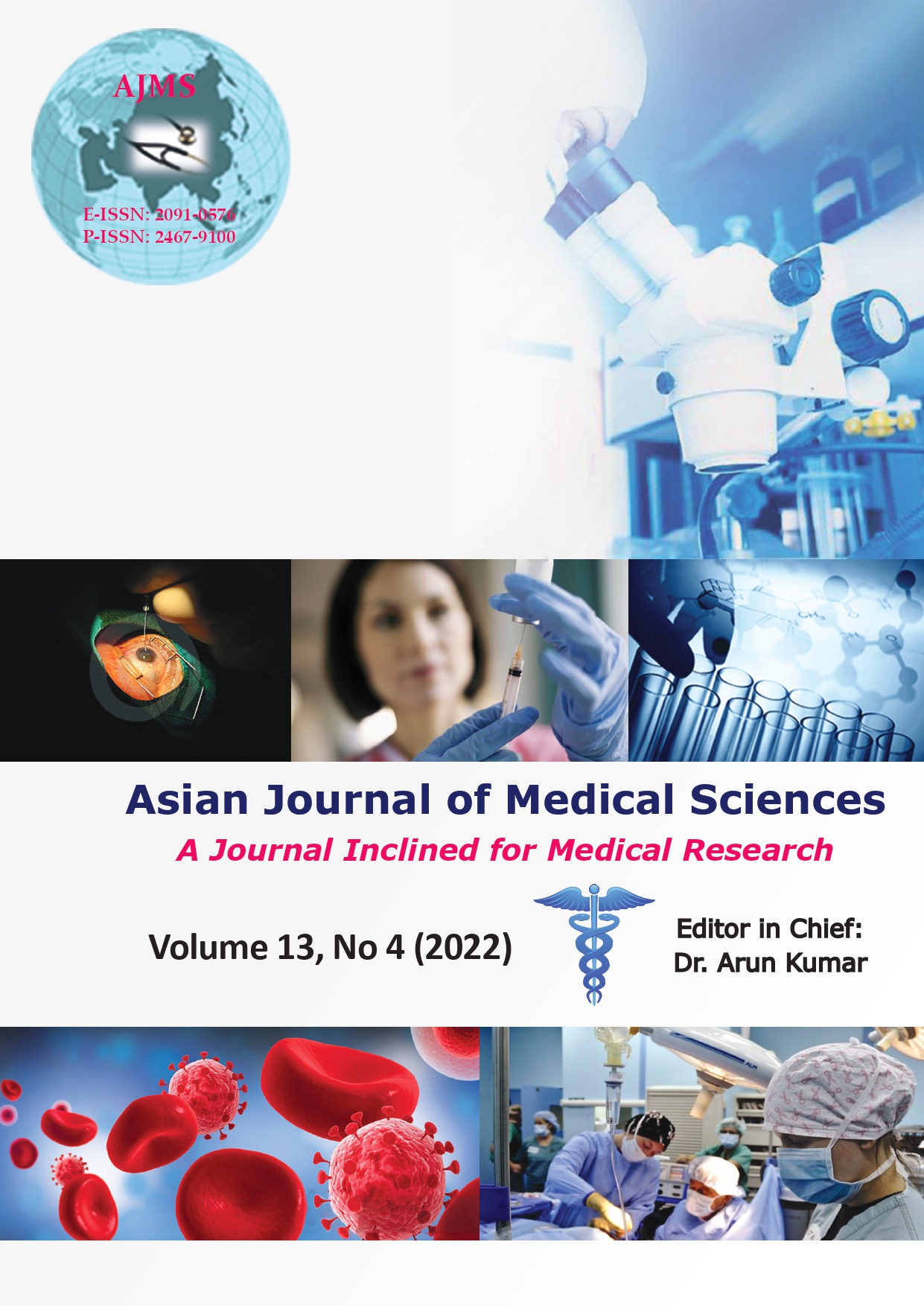Atypical presentation of the World Health Organization Grade 1 meningioma: A case report
Keywords:
Atypical presentation, Bone invasion, Bone reconstruction, Brain invasion, Subgaleal involvementAbstract
Meningiomas are the most common benign neoplasm of the brain whereas ectopic presentation, although reported, is rare. Among these ectopic tumors, there are a group of purely intraosseous meningiomas, which usually are diagnosed differentially from common primary osseous tumor such as fibrous dysplasia and osteoid osteoma. The World Health Organization (WHO) Grade 1 meningioma with an involvement of scalp, calvarial bone, dura, and brain seen rarely. This type of atypical presentation of the WHO Grade 1 meningioma rarely documented. The main theories to justify the unusual topography appear to be embryological remains of neuroectodermal tissue or cellular dedifferentiation. Surgical treatment seems the best curative option. Meningioma with bony involvement could be very aggressive tumor, need to prepare accordingly for surgery.
Downloads
Downloads
Published
How to Cite
Issue
Section
License
Copyright (c) 2022 Asian Journal of Medical Sciences

This work is licensed under a Creative Commons Attribution-NonCommercial 4.0 International License.
Authors who publish with this journal agree to the following terms:
- The journal holds copyright and publishes the work under a Creative Commons CC-BY-NC license that permits use, distribution and reprduction in any medium, provided the original work is properly cited and is not used for commercial purposes. The journal should be recognised as the original publisher of this work.
- Authors are able to enter into separate, additional contractual arrangements for the non-exclusive distribution of the journal's published version of the work (e.g., post it to an institutional repository or publish it in a book), with an acknowledgement of its initial publication in this journal.
- Authors are permitted and encouraged to post their work online (e.g., in institutional repositories or on their website) prior to and during the submission process, as it can lead to productive exchanges, as well as earlier and greater citation of published work (See The Effect of Open Access).




